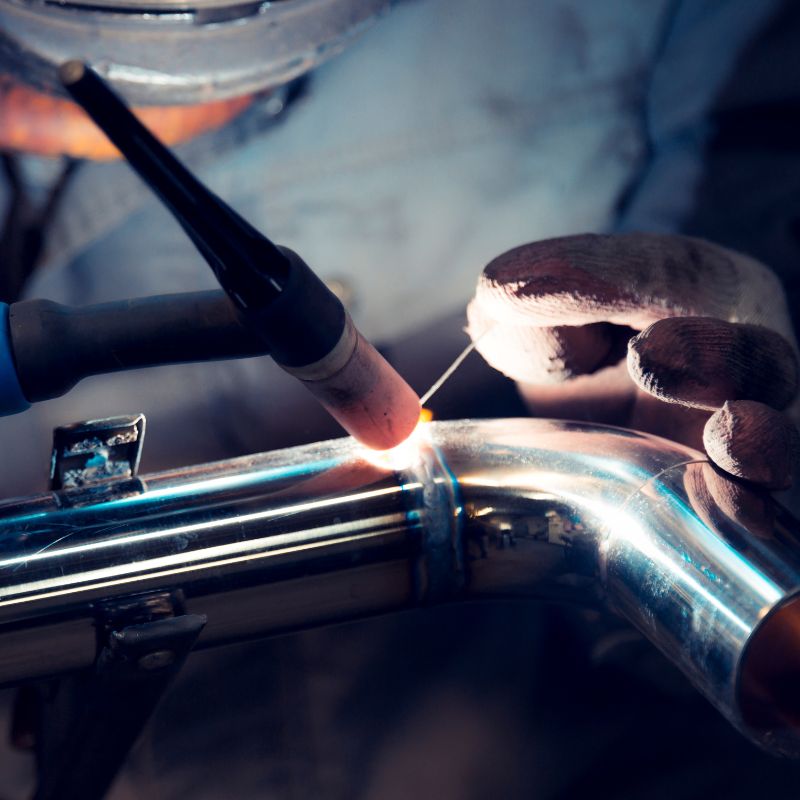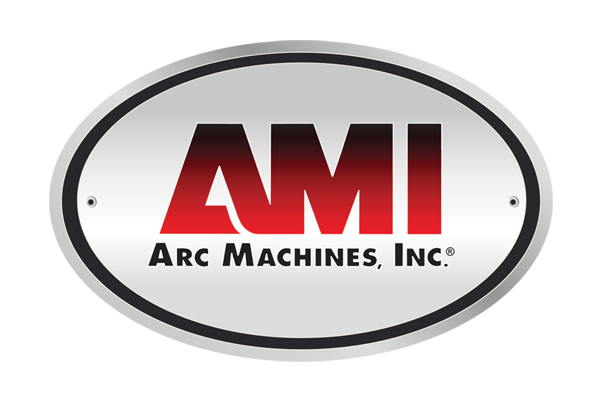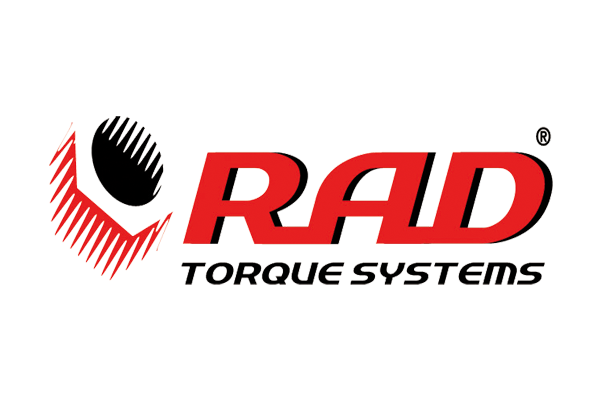Which Welding Process Is Best for Manufacturing?
In the world of manufacturing, the choice of the welding process can significantly impact the quality, efficiency, and cost-effectiveness of production. With a variety of welding methods available, each possessing unique advantages and suited for specific applications, selecting the optimal process is crucial for manufacturers.
Let’s look at which welding process is best for manufacturing so you can make an informed decision for your production needs.
MIG Welding
MIG (metal inert gas) welding is one of the most widely used welding processes in manufacturing. It involves feeding a wire electrode through a welding gun, which creates an electric arc between the metal and the wire. The heat from the arc melts both materials, creating a strong bond once cooled. This process is popular due to its speed, ease of use, and versatility in welding different materials. It is common in industries such as automotive, construction, and aerospace.
However, MIG welding does have its limitations. It requires a steady hand and precise control of the welding gun to produce quality results. Additionally, it is not suitable for thick or heavy materials, making it less ideal for large-scale manufacturing projects.
TIG Welding
TIG (tungsten inert gas) welding is a highly precise and versatile process that utilizes a non-consumable tungsten electrode to create the welding arc. The welder must manually add filler material to the seam, resulting in clean, high-quality welds with minimal spatter. TIG welding is the best option for projects requiring intricate designs or thin materials, such as bike frames, jewelry, and aircraft parts.
One drawback of TIG welding is the slow speed compared to other methods, making it less efficient for high-volume production. It also requires a higher skill level and specialized equipment, making it more expensive than other processes.
Stick Welding
Stick welding, also known as shielded metal arc welding (SMAW), is a widely used method in manufacturing due to its simplicity and low cost. The process involves using an electrode coated in flux, which creates a protective shield during the welding. This shield allows for welding in various positions and environments with minimal preparation.
Stick welding works well on thick materials and is suitable for outdoor or remote projects where other methods may not be feasible. However, it produces more spatter than other processes, resulting in a messier weld.
Choosing the Right Welding Process
When considering which welding process is best for manufacturing, it’s essential to weigh the pros and cons of each method. Factors such as material type, project requirements, production volume, and cost are all things you should consider.
For high-volume production with thick materials, MIG or stick welding may be the most efficient and cost-effective option. For intricate designs or thin materials, TIG welding may be the best choice. Before making a decision, it’s also important to consider the skill level of the welders and equipment availability.
Additionally, advancements in technology have led to new welding processes, such as laser and robotic welding, which offer even more precision and efficiency for specific applications.
There is no one-size-fits-all welding process for manufacturing. It’s crucial to assess each project’s specific needs and requirements to determine the best method for optimal results. By understanding each process’s strengths and limitations, you can make an informed decision that will ultimately benefit your production in the long run.
If you need orbital welding tools for working with tubes and pipes, SEC Industrial can help you get top-quality solutions to suit your specific requirements. We offer a wide range of products and services that cater to various industries such as pharmaceutical, food and beverage, petrochemical, and more.









